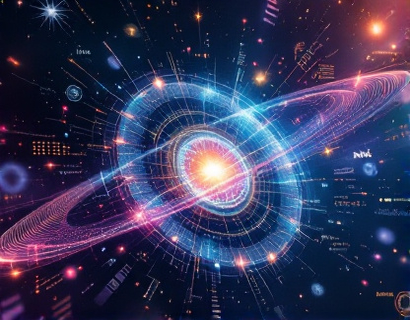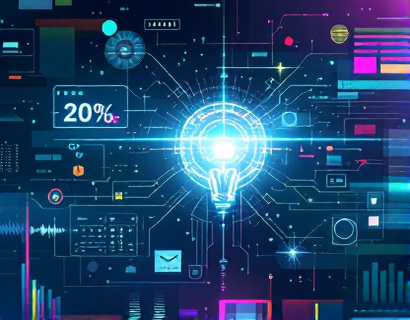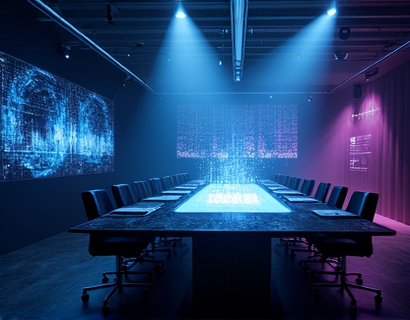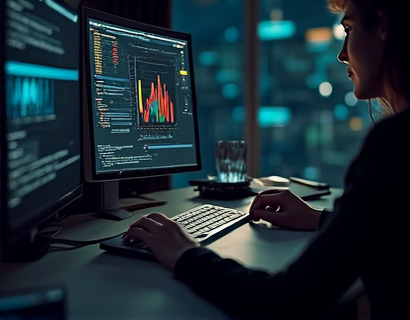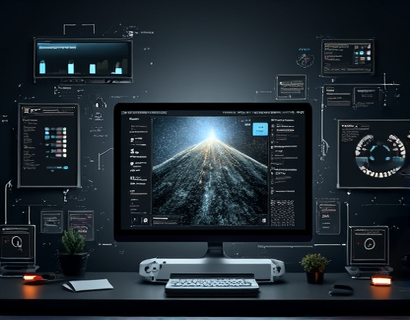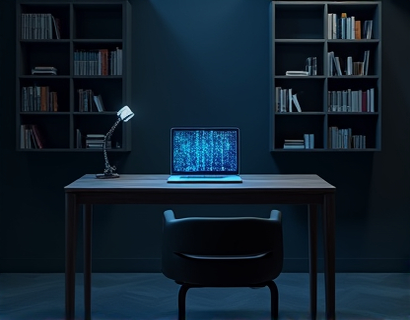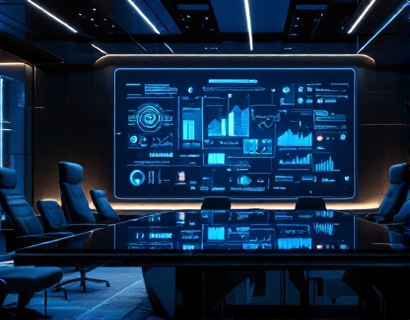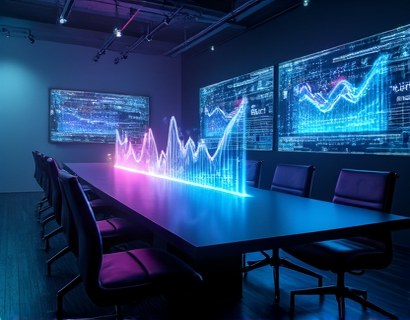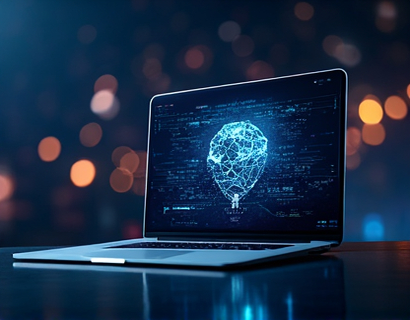Unlocking the Diversity of Digital Treasures: A Premier Guide for Asset Enthusiasts and Collectors
In the digital age, the concept of collecting has transcended physical boundaries, giving rise to a vibrant ecosystem of digital assets and resources. This premier guide is designed to unlock the full spectrum of digital treasures, offering a comprehensive resource for asset enthusiasts and collectors. Whether you are a seasoned collector or just starting to explore the world of digital assets, this guide will provide you with the knowledge and tools to discover, connect, and engage with a rich variety of exclusive resources tailored to your interests and needs.
The digital asset landscape is vast and diverse, encompassing everything from digital art and collectibles to rare software, vintage video games, and unique digital experiences. This guide serves as a roadmap to navigate this intricate world, highlighting key areas of interest and offering insights into the value and significance of various digital assets.
Understanding Digital Assets
To begin, it's essential to understand what digital assets are and how they differ from traditional physical collectibles. Digital assets are unique items or pieces of data that exist in digital form and hold value for collectors, investors, and enthusiasts. These assets can be categorized into several types, each with its own set of characteristics and appeal.
Firstly, digital art has emerged as a significant category within the digital asset space. This includes NFTs (Non-Fungible Tokens) that represent unique pieces of digital art, often created by renowned artists or emerging talents. These NFTs are stored on blockchain technology, ensuring their authenticity and scarcity. The rise of digital art platforms has democratized the art world, allowing artists to reach a global audience and collectors to acquire one-of-a-kind digital pieces.
Another category is vintage software and retro gaming. Collectors of classic computers and gaming consoles seek out original software and games that are now rare and highly sought after. These digital relics offer a nostalgic journey into the past, providing a glimpse into the early days of computing and gaming. Platforms that specialize in digital preservation and distribution play a crucial role in keeping these treasures accessible to enthusiasts.
Exploring Digital Collectibles
Digital collectibles extend beyond art and software, encompassing a wide range of items such as virtual real estate, in-game items, and unique digital objects. These collectibles often have their own ecosystems, with dedicated marketplaces and communities where they are bought, sold, and traded.
Virtual real estate, for instance, refers to digital land or property within virtual worlds or blockchain-based platforms. These properties can be used to build virtual structures, host events, or simply serve as a digital possession. The value of virtual real estate is often tied to its location, rarity, and potential for development, making it an intriguing area for investment and collection.
In-game items, particularly those from popular online games, can also become highly valuable collectibles. Limited edition items, rare skins, and exclusive accessories can command high prices in the secondary market. The gaming community's passion for these items drives a robust economy, with players eager to acquire and showcase their collections.
The Role of Blockchain Technology
Blockchain technology is a cornerstone of the digital asset ecosystem, providing a secure and transparent way to create, verify, and trade digital assets. Blockchain ensures that each digital asset is unique and cannot be replicated, which is crucial for maintaining their value and authenticity.
NFTs, built on blockchain, offer a new paradigm for digital ownership. They allow creators to monetize their digital work in ways that were previously impossible. For collectors, NFTs provide a way to own and verify the authenticity of digital art, ensuring that the asset they purchase is genuine and has a verifiable provenance.
The transparency of blockchain also facilitates trust in the digital asset market. Transactions are recorded on a public ledger, making it easy to track the ownership history of an asset. This level of transparency is particularly important for high-value digital assets, where provenance and authenticity are paramount.
Building a Digital Collection
For asset enthusiasts and collectors, building a digital collection involves several steps, from discovery to preservation. Here’s a guide to help you navigate this process effectively.
First, identify your interests and the types of digital assets you want to collect. Whether it's digital art, vintage software, or unique in-game items, having a clear focus will help you target your search and build a cohesive collection.
Next, explore various platforms and marketplaces where these assets are sold and traded. Specialized platforms for digital art, vintage software, and NFTs offer a curated selection of high-quality items. Online communities and forums can also be valuable resources for discovering hidden gems and getting tips from experienced collectors.
When acquiring digital assets, always prioritize security and authenticity. Verify the reputation of sellers and buyers, and use secure transactions to protect your assets. For NFTs, ensure that the blockchain platform is reputable and that the NFT is properly minted and stored in a secure wallet.
Once you have acquired your digital assets, proper preservation is crucial. Use reliable digital storage solutions to safeguard your collection. For NFTs, storing them in a secure wallet with strong passwords and two-factor authentication can help prevent unauthorized access. Regularly back up your assets to ensure they are safe from data loss.
Engaging with the Digital Collecting Community
The digital collecting community is vibrant and diverse, offering numerous opportunities for engagement and learning. Joining online forums, social media groups, and specialized communities can connect you with like-minded enthusiasts and experts in the field.
Participating in these communities allows you to share your knowledge, learn from others, and stay updated on the latest trends and developments in the digital asset space. Attending virtual events, webinars, and exhibitions can also enrich your understanding and appreciation of digital collecting.
Collaboration is another key aspect of the digital collecting community. Many collectors collaborate on projects, share resources, and even co-own digital assets. These partnerships can lead to unique opportunities and enhance the overall collecting experience.
Investing in Digital Assets
For those interested in the investment aspect of digital collecting, it's important to approach it with a well-informed strategy. While the digital asset market is relatively new and still evolving, there are signs of growing interest and value appreciation.
Research is key when investing in digital assets. Understand the factors that influence value, such as scarcity, demand, and the reputation of the creator or issuer. Keep an eye on market trends and news that could impact the value of your assets.
Diversification is also crucial in any investment strategy. Spread your investments across different types of digital assets to mitigate risk. However, remember that the digital asset market can be volatile, and losses are possible. Always invest only what you can afford to lose.
Consider consulting with financial advisors who have experience in digital assets to get personalized advice tailored to your investment goals and risk tolerance. They can help you navigate the complexities of the market and make informed decisions.
Conclusion
The world of digital assets offers a wealth of opportunities for asset enthusiasts and collectors. From unique digital art to vintage software and virtual real estate, the diversity of available treasures is truly remarkable. By understanding the different types of digital assets, leveraging blockchain technology, and engaging with the community, you can build a valuable and fulfilling collection.
As the digital asset landscape continues to evolve, staying informed and adaptable will be key to success. Whether you are a seasoned collector or just starting out, this guide aims to provide you with the insights and tools needed to navigate this exciting and dynamic world. Embrace the digital treasure hunt and uncover the hidden gems that await you.






